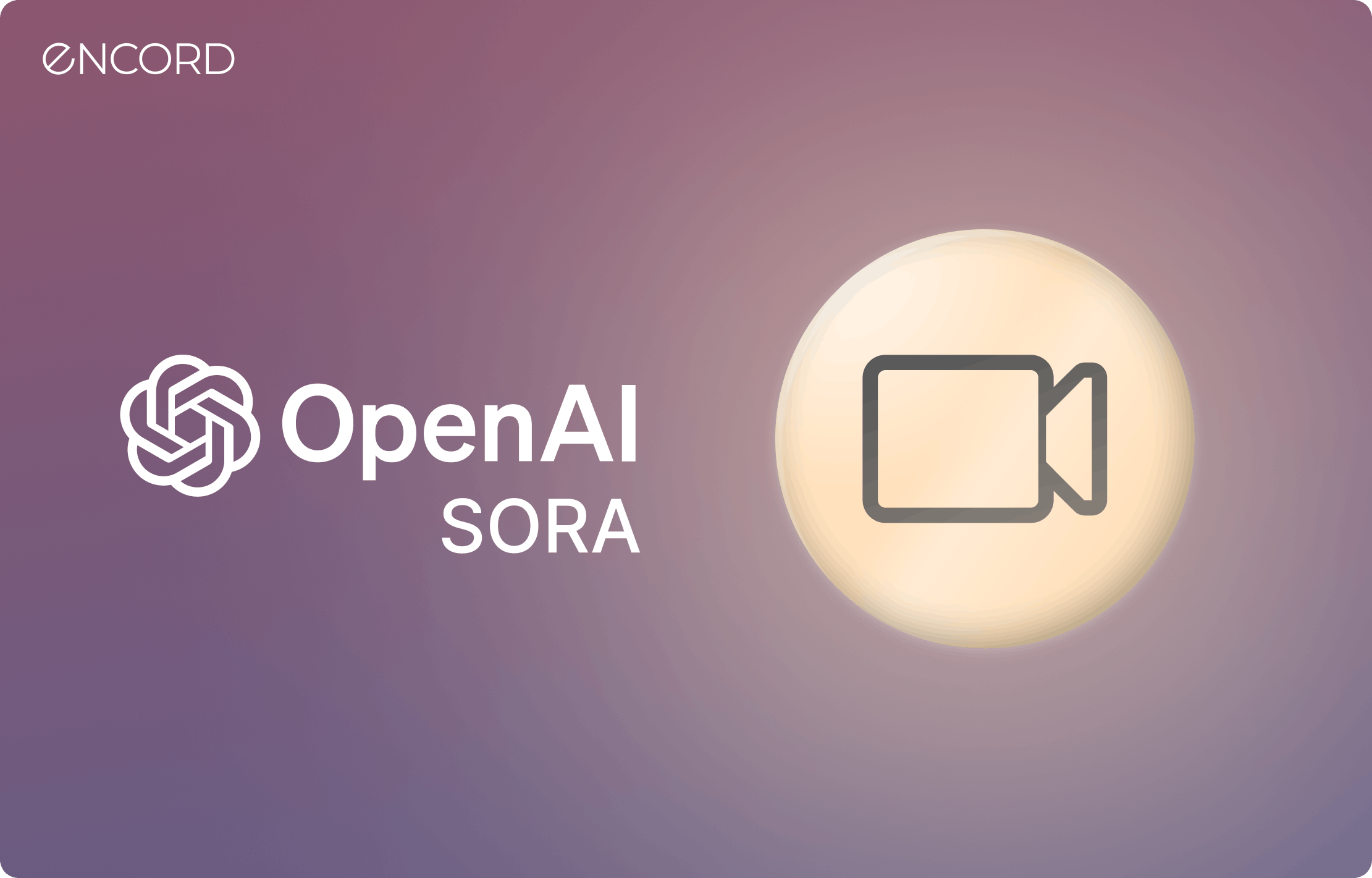The new “Sora” technology adds to the worries about deepfakes as artificial intelligence becomes more prevalent in global elections.
The artificial intelligence startup OpenAI disclosed a new tool that can produce incredibly lifelike 60-second videos in response to straightforward text instruction. This represents a significant improvement over previous AI videos and deepfakes that have already been used to trick voters.
OpenAI announced on Thursday that the new tool, named “Sora,” will be initially restricted to a limited number of filmmakers, artists, and researchers who work with “red teamers,” or organizations looking for ways to use AI tools maliciously.
Sora expands upon the technology used in OpenAI’s DALL-E tool. This tool generates images. After interpreting a user’s request and developing it into a more comprehensive set of instructions, it creates a new film using an AI model trained on photos and video.
Over the past year, firms such as Google, OpenAI, Meta, and Stable Diffusion have been racing to create more competent tools and find methods to market them, significantly increasing the quality of AI-generated images, music, and video. However, supporters of democracy and AI experts have cautioned that these instruments have already misled and tricked voters.

Several businesses have developed their text-to-video AI generators, so these kinds of audio and video have been produced before. Google is testing one named Lumiere. At the same time, Meta has an Emu model. AI startup Runway has already begun producing products to assist filmmakers in making videos. However, according to analysts and professionals in artificial intelligence, the length and quality of Sora films are beyond what has been observed thus far.
A professor of information science at the University of Illinois in Urbana-Champaign named Ted Underwood stated, “I didn’t expect this level of sustained, coherent video generation for another two to three years.” He noted a slight increase in capacity compared to previous text-to-video technologies, even if he cautioned that OpenAI likely selected videos that best illustrate the concept.
Imran Khan, the former prime minister of Pakistan, uses artificial intelligence to produce a digital replica of himself making talks even though he is imprisoned. An AI audio generator was used to simulate the voice of former president Donald Trump in an advertisement for Florida Governor Ron DeSantis’s now-defunct campaign as the Republican contender for president.
The software companies that provide the tools claim to be keeping an eye on how people are using them and have put in place restrictions prohibiting the use of their products to create political content. However, enforcement is unpredictable. Only after a Washington Post article did OpenAI suspend a developer who had made a bot portraying Democratic candidate Dean Phillips in January. The developer created Similar political candidate bots earlier in the fall.
People across many different professions, like the news and filmmaking, are scrambling to learn how the rapid advancement of technology can affect their work.
AI video creators are making waves in Hollywood already. Hundreds or even thousands of people are needed, which is costly and time-consuming. A single individual can create a film with the same level of visual sophistication as a Marvel movie, thanks to artificial intelligence.
Michael Gracey, a visual effects specialist and film director who has been closely monitoring AI’s effects on the business, stated that After only a year of picture creation, observe our progress. In one year, where will we be? According to Gracey, cinematographers will soon be able to meticulously manage their output and create a variety of flicks from scratch—all appreciation of AI technologies like Sora.
He said they won’t require a group of one hundred or two hundred artists working for three years to complete their animated film. That seems exciting to me.
However, Gracey pointed out that one major issue is that AI systems are trained on the creations of actual artists without giving them credit. It is terrible when someone else uses your creativity, labor, ideas, and execution without giving them credit or money for what they have earned.
The Oxford Internet Institute’s visiting policy fellow Mutale Nkonde finds it thrilling that text may be easily converted into video. But she is concerned about how these tools could inadvertently reinforce societal biases, the effects they may have on people’s livelihoods, and the potential for them to transform hate speech or accounts of horrific real-life incidents into horrifyingly accurate visuals.
The use of actors’ likenesses in AI-generated scenarios and the usage of AI language tools in screenwriting have been raised by recent strikes by writers’ and actors’ guilds, according to Nkonde. Yet she claimed that technologies like Sora create additional concerns, such as whether human extras are required. Regarding policy, should we begin considering measures to safeguard people who should be informed about these instruments?
The videos produced by Sora are of a higher caliber than most other artificial intelligence businesses have made thus far. Particularly the ones that aim to emulate real life.

Princeton University computer science professor Arvind Narayanan stated that judging from the videos OpenAI published on Thursday, Sora “appears to be significantly more advanced than any other video generation tool.” He said that that will probably lead to deepfake videos that are more difficult for viewers to identify as artificial intelligence production.
He claimed that there are still a lot of differences to be identified if you carefully examine some of the films. For example, he noted in a post on X that the woman’s right and left legs alternate in a video of a street in Tokyo, and individuals in the distance vanish when anything moves in front of them.
He said that casual viewers might miss such information. We must eventually realize that realism is no longer a sign of authenticity.




